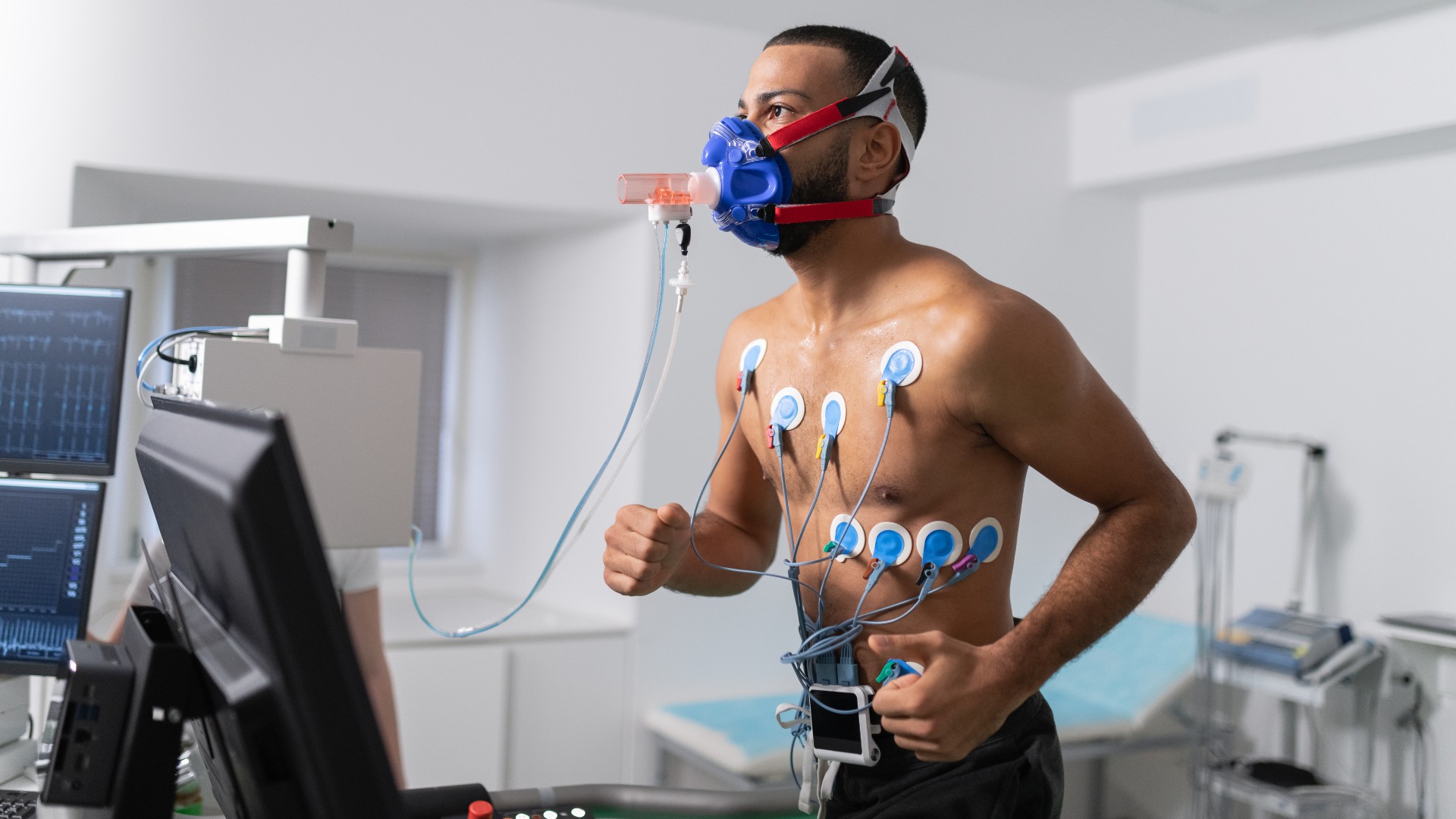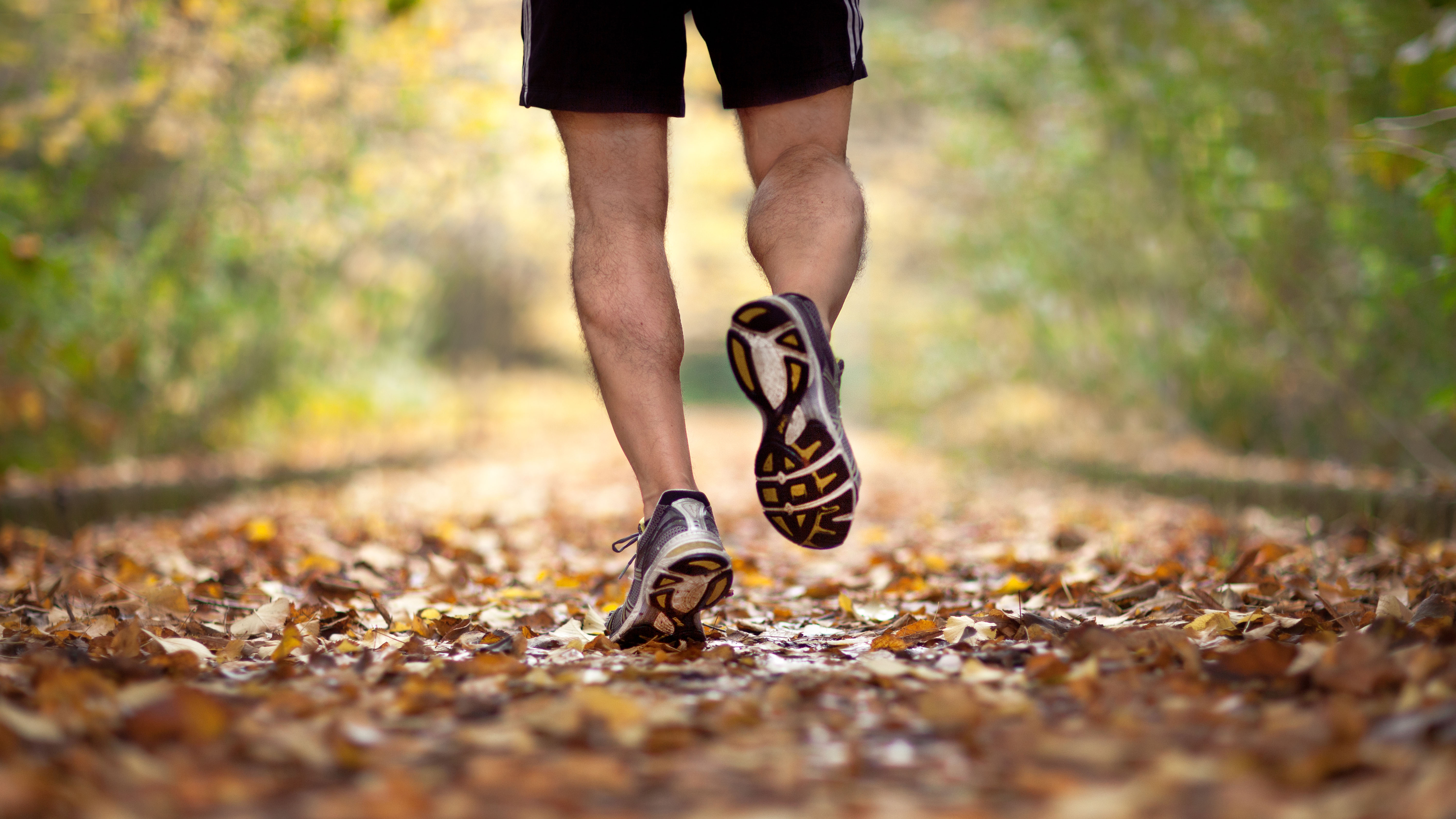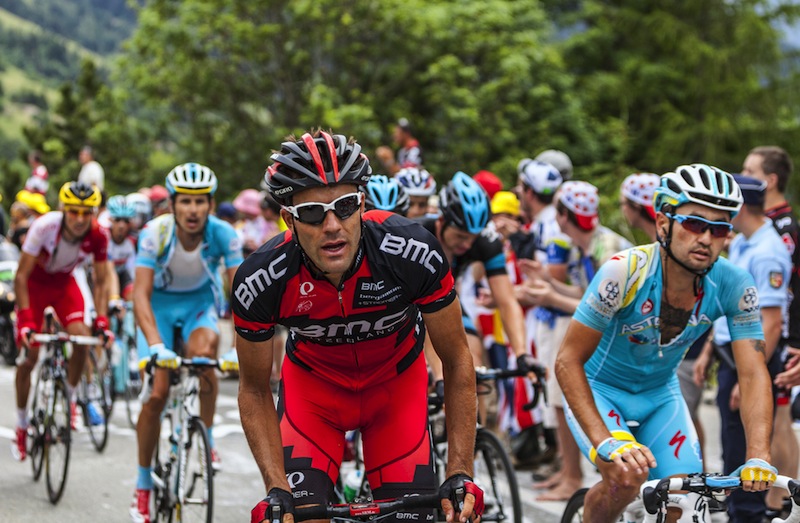What is VO2 max?
What is VO2 max and why is it an important tool to help gauge fitness levels?

If you’re into fitness, the chances are that you might have heard the term VO2 max at some stage or another. Maximizing your workout and achieving optimal performance is probably somewhere on your mind when you’re exercising (behind the beads of sweat on your forehead!) and this is where knowing the basics of VO2 max can be useful.
When it comes to understanding your body, VO2 max is a helpful indicator. Basically, the term refers to the maximum amount of oxygen that a person can consume and use in one minute during exercise. VO2 max is measured in milliliters of oxygen consumed by each kilogram of your body per minute (mL/kg/min). The higher the number, the better. But why is that so important for fitness?
Below, we answer that question with the help of the experts as well as revealing how you can measure your VO2 and the various ways that you can improve it.
Why is VO2 Max important?
Rhona Pearce is Sports Science Manager, at Loughborough University in the UK, which has been ranked number one in the world for sport-related subjects for the last six years in the QS World University Rankings by Subject.
Rhona says: “VO2 Max is a key measure of someone’s aerobic fitness and a good indicator of someone’s general fitness. It is important as it sets the ceiling on someone’s aerobic capacity.”
So, whether you're raising the pace on one of the best exercise bikes, enduring a HIIT bike workout, or out for a run, your VO2 max will play a part in how you perform.
Dr Christopher Kirk, Lecturer in Sport and Exercise Physiology, at Sheffield Hallam University, another leading sports university in the UK, explains why VO2 Max is significant not only to help determine aerobic capacity, but also to give a picture of a person’s overall health.
“When we exercise, our body breaks down energy to make the muscles contract,” explains Chris. “We have a very small amount of energy for the muscles to use – about enough for three seconds of work – so it must be replaced as it's being used. This is what oxygen is used for, breaking down the carbohydrate and fats we consume in our diet to replace the energy that's being used by the muscles during exercise.

How can you measure your VO2 Max?
The most accurate way to measure your VO2 max is in a physiology laboratory with a gas analyzer that involves using a face mask while you run, cycle or row until you can’t go any faster and your body has reached its VO2 max. However, you’ll need a team of physiologists and access to a lab for your results.
Other more practical methods for a VO2 max estimate include:
1. The 12 minute Cooper run
During this test you run as fast as you can in 12 minutes without stopping. The distance you cover is then put into an equation with your age, body mass and sex which gives you a prediction of your VO2 max.
2. Multistage fitness test (commonly known as the beep test)
You’ll no doubt have heard of and most probably taken part in this test. Athletes perform 20 meter shuttle runs continuously, reaching each marker before the next beep sounds. The time between each sound speeds up, increasing the intensity. No specialist equipment needed.
3. The YoYo Intermittent Test
Similar to the beep test, this encompasses doing brief intensive runs between two markers apart at increasing speeds with a short recovery time. The pause gives this test its ‘YoYo’ name.
Both the YoYo Intermittent Test and the Mulitstage fitness test use similar equations to the 12 minute Cooper run, but of course, are not quite as accurate as lab tests. A number of sports watches (such as the best running watches and best fitness trackers) now offer VO2 max estimates, including models from Apple and Samsung as well as several of the best Garmin watches.
Is there such thing as a good ‘score’ when it comes to your VO2 Max?
“For the average person who just wants to have good enough fitness and avoid certain illnesses, anything above 40 mL/kg/min is recommended, with 'average' being 35-55mL/kg/min for most populations.”
In terms of a ‘good' VO2 max ‘score’, this depends on what you want to do says Dr Christopher Kirk. “If you want to be a high level marathon runner or road cyclist, then 70mL/kg/min is the absolute minimum you need, with scores in the mid-70s to low-80s being more realistic for males and in the mid 70s for females. For taking part in a team sport, anything above 60mL/kg/min will be good.

How can you improve your VO2 Max?
To some extent, your VO2 max is down to genes, says Rhona Pearce, but it can be improved.
“VO2 max is genetically determined but it can be improved with appropriate training. How much you can train and improve VO2 max will depend on how close to your genetic limit you currently are. The main limiting factor is the ability of the cardiorespiratory system to deliver oxygen to the exercising muscles, which is genetically determined. Highly trained elite athletes tend not to be able to make much improvements, making gains in performance through other areas.
“Traditionally, the two main approaches to improving VO2 max are high volume of low intensity exercise, or accumulating time spent at VO2 max through short, high intensity intervals.”
The highest ever VO2 Max recorded in males is 96 mL/kg/min, and in females 77 mL/kg/min, both of whom were cross country skiers.
Quote: Dr Christopher Kirk, Lecturer in
So in essence, the two methods that could help boost your VO2 Max could be a moderate intensity run for 30-40 minutes for example, or a HIIT run (involving a warm-up at moderate intensity for five minutes followed by five repetitions of three minutes at high intensity, with two minutes rest in between each run). For inspiration, check out our five ideas for fun cardio HIIT workouts.
Dr Christopher advises choosing the option that you’re likely to be consistent with. “There is a big debate about whether long moderate distance cardio or high intensity interval training (HIIT) is better for improving VO2 max. Most likely is that when done correctly, there is very little difference between them.
“The only difference is which one you'd prefer to do: 30-40 minutes of steady running, or around 25 minutes of high intensity work. Which one are you personally going to enjoy more and which one are you personally going to stick to each week? Do that one.”
Sign up for the Live Science daily newsletter now
Get the world’s most fascinating discoveries delivered straight to your inbox.
Lorna Dockerill is a freelance writer and book editor specialising in wellness, wildlife photography and travel. Based in the UK, she’s written features for a variety of magazines and brands – from scuba diving titles to expedition cruise companies. Her passion for wildlife has led to editing crowd-funded photography books that raise money to help to protect animals in the wild. Also a yoga teacher, she can usually be found on a yoga mat or planning her next trip to beachside locations.











